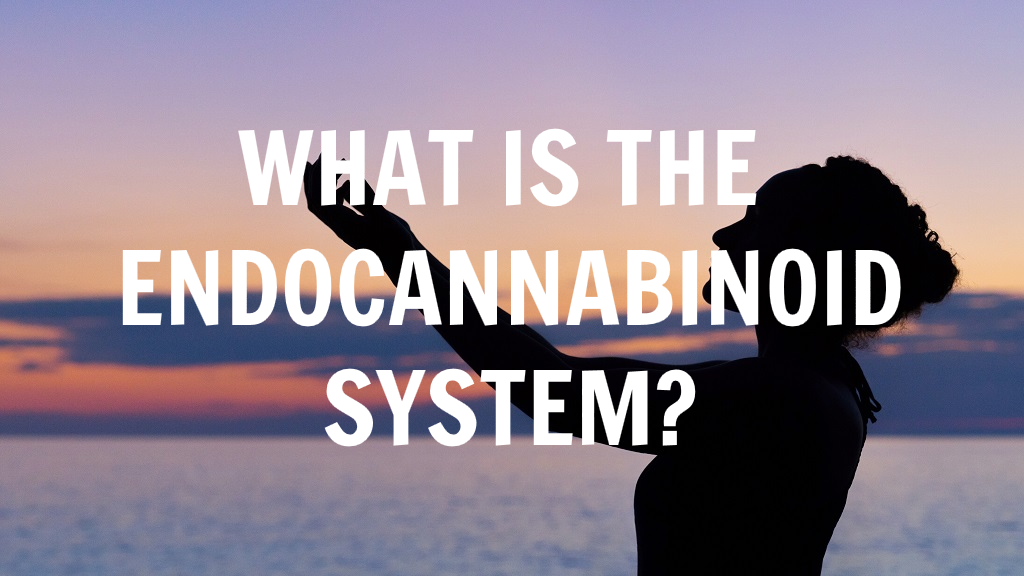The endocannabinoid system (ECS) is a complex network of chemical compounds, receptors, and enzymes that are found throughout the human body. It is involved in regulating a wide range of physiological processes, including mood, appetite, pain perception, inflammation, and immune function.
The ECS is made up of three main components: endocannabinoids, receptors, and enzymes. Endocannabinoids are naturally occurring compounds produced by the body that bind to and activate cannabinoid receptors. There are two main endocannabinoids, anandamide and 2-arachidonoylglycerol (2-AG).
Cannabinoid receptors are located throughout the body and are found in high concentrations in the brain, nervous system, and immune system. There are two main types of cannabinoid receptors, CB1 and CB2. CB1 receptors are primarily located in the brain and nervous system, while CB2 receptors are mainly found in the immune system and peripheral tissues.
Enzymes are responsible for breaking down endocannabinoids once they have fulfilled their function. Two main enzymes, fatty acid amide hydrolase (FAAH) and monoacylglycerol lipase (MAGL), break down anandamide and 2-AG, respectively.
The ECS plays a crucial role in maintaining homeostasis, or balance, within the body. It helps regulate various physiological processes and responds to internal and external factors to keep the body functioning optimally. Dysfunction of the ECS has been linked to a variety of health conditions, including chronic pain, inflammation, and neurological disorders. Additionally, plant-derived cannabinoids, such as THC and CBD, can interact with the ECS and have therapeutic effects.
CBD and the Endocannabinoid System
Cannabidiol (CBD) interacts with the endocannabinoid system (ECS) in several ways.
- Receptors: The ECS has two primary types of receptors, known as CB1 and CB2 receptors. CB1 receptors are primarily found in the brain and central nervous system, while CB2 receptors are primarily found in immune cells and peripheral tissues. CBD has a low affinity for these receptors, meaning it does not directly bind to them like the cannabinoid THC (tetrahydrocannabinol) does. Instead, CBD influences receptor activity indirectly.
- Enzymes: Enzymes are responsible for breaking down endocannabinoids after they have fulfilled their function. CBD can inhibit the enzymes FAAH (fatty acid amide hydrolase) and MAGL (monoacylglycerol lipase), which are involved in the breakdown of anandamide and 2-AG, two important endocannabinoids. By inhibiting these enzymes, CBD can increase the levels of endocannabinoids in the body, leading to prolonged effects.
- Serotonin Receptors: CBD has been found to interact with serotonin receptors, specifically the 5-HT1A receptor. Serotonin is a neurotransmitter that plays a role in mood regulation, among other functions. By interacting with these receptors, CBD may have an impact on mood and anxiety.
- Additional Pathways: CBD interacts with other non-endocannabinoid receptors and ion channels in the body. For example, it activates the TRPV1 receptor, which is involved in pain perception, inflammation, and body temperature regulation. CBD also acts as an antagonist of GPR55 receptors, which are found in the brain and involved in modulating blood pressure and bone density.
The overall effect of CBD on the ECS is complex and not yet fully understood. Research is ongoing to uncover the precise mechanisms of CBD‘s interaction with the ECS and its potential therapeutic benefits.

So interesting! Thank you so much!